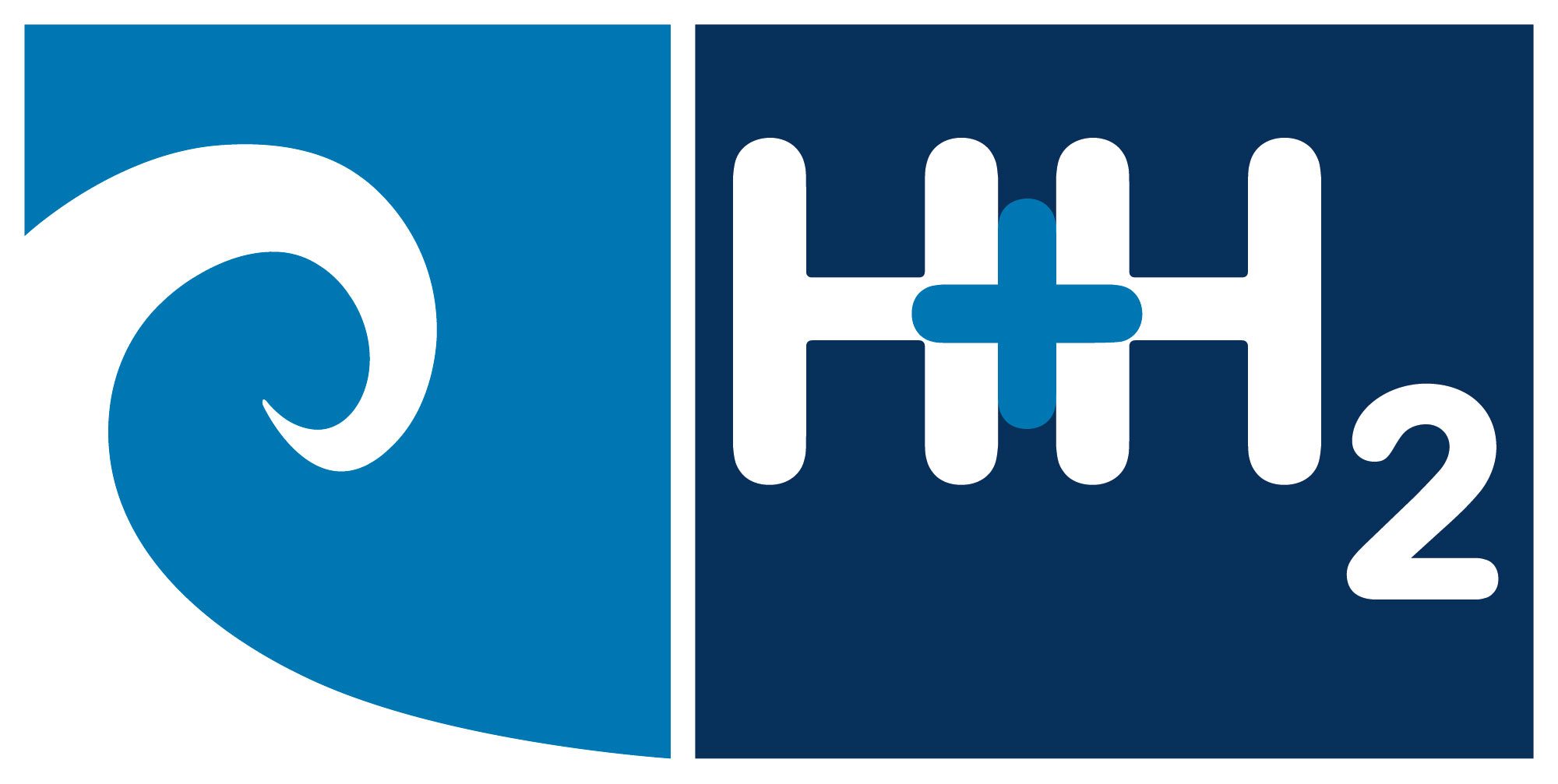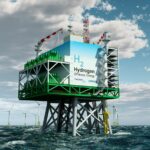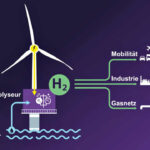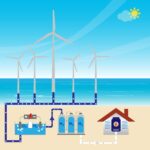Niedersachsen
“Together with the other northern German states, Lower Saxony has the potential to become the leading region for a green hydrogen economy. We have exactly the potential that is needed to take on a leading position here: We have a high production of electricity from renewable energies, the necessary infrastructure for storage, transport and distribution of hydrogen, as well as a variety of uses in energy, mobility and industry. It is precisely these strengths that we will bring to a hydrogen region in Northern Germany.”
Dr. Bernd Althusmann Minister for Economic Affairs, Labour, Transport and Digitalisation
Around 7.9 million inhabitants live in Lower Saxony on an area of just under 48,000 square kilometres. This makes Lower Saxony the second largest federal state in terms of area and the fourth largest in terms of population. The five largest industrial sectors are vehicle manufacturing, the food industry, mechanical engineering, the chemical industry and the rubber and plastics industry.
The average share of renewable energies in electricity consumption is over 60 %. In some regions, such as northwest Lower Saxony, it is even well over 100 %.
With its high production of electricity from renewable energies (for the production of green hydrogen), its ports (for a future import of hydrogen), the existing transport and storage infrastructure (for liquid and gaseous substances), its research landscape and a large number of companies, networks and active regions, Lower Saxony is already in an excellent position to assume a leading national and European position in the development of the hydrogen economy together with the other northern German states.
In some industrial sectors (e.g. refineries, chemical industry, steel industry), extensive knowledge and experience in dealing with hydrogen are already available. In Lower Saxony, the world’s first passenger train powered by a hydrogen fuel cell was developed and is in regular service here. A high-temperature electrolysis plant was built in which hydrogen is produced using the waste heat from a steelworks. In a further step, a plant for the direct reduction of iron ore with hydrogen is to be built. Likewise, a drive concept for refuse collection vehicles and sweepers has already been developed that combines battery and fuel cell drive and takes into account the special requirements of refuse collection.
There continues to be great interest in advancing the hydrogen economy. For the federal programme “Reallabore der Energiewende” alone, a total of 22 projects from Lower Saxony have applied, 16 of which are related to hydrogen/sector coupling. For the HyStarter programme, 25 regions have expressed interest.
Politicians are also pushing the issue of hydrogen. The current coalition agreement of the state government includes statements on hydrogen in connection with rail vehicles, electromobility, filling station infrastructure and regulatory framework conditions. The continuation of the energy transition is to be used to strengthen Lower Saxony’s competitive position, especially in the European Union, and to generate new growth opportunities.



